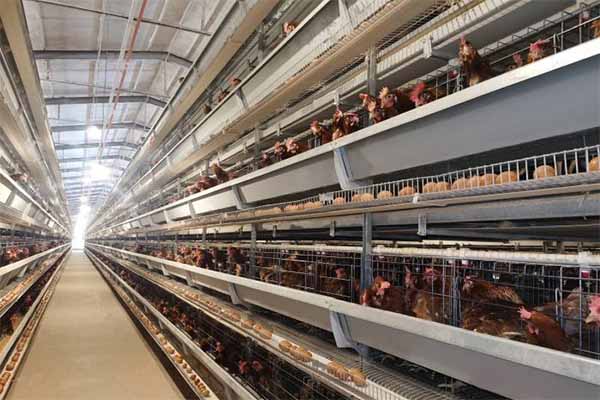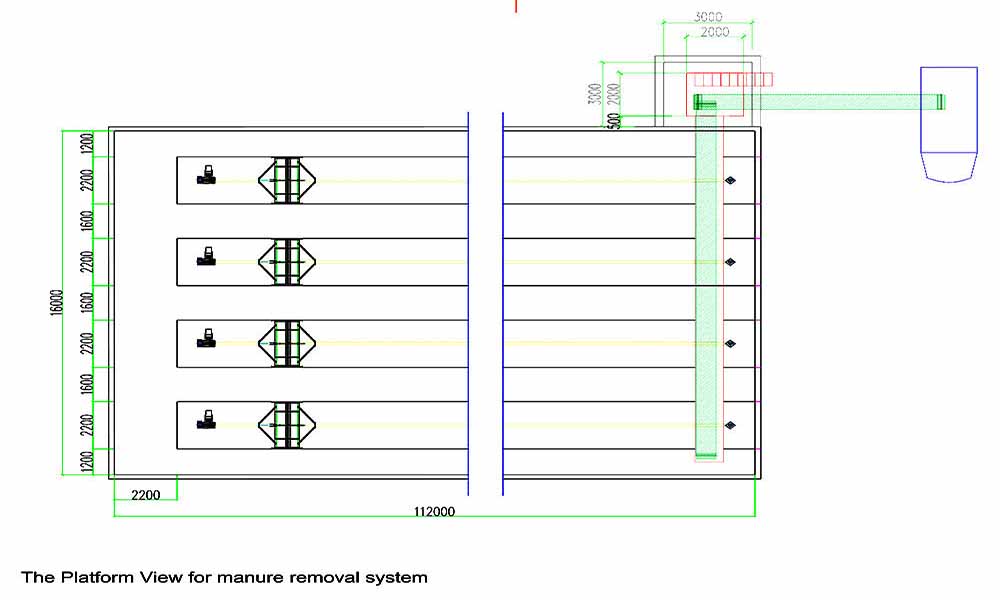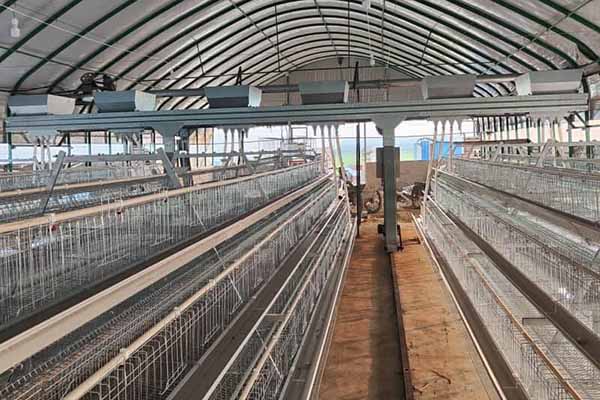High-Capacity Chicken Cage Systems: The Ultimate Guide to Modern Poultry Farming Equipment
Time : 2025-07-02
Modern poultry farming has evolved significantly with the introduction of high-capacity chicken cage systems. These systems are designed to maximize efficiency, minimize labor, and ensure the health and well-being of the chickens. In this comprehensive guide, we will delve into the intricacies of high-capacity chicken cage systems, their benefits, and how they are revolutionizing the poultry industry.

Understanding High-Capacity Chicken Cage Systems
High-capacity chicken cage systems are designed to house a large number of chickens in a compact space. These systems are typically used in commercial poultry farms where efficiency and productivity are paramount. The key components of a high-capacity chicken cage system include the following:
- Cage Structure: The cage is the primary component that houses the chickens. It is designed to be sturdy and durable, capable of supporting the weight of the chickens and any equipment placed inside.
- Feeding Mechanism: Automatic feeding systems are integrated into the cage to ensure that chickens receive a consistent and balanced diet.
- Watering System: Automated watering systems provide chickens with access to fresh water at all times.
- Airflow and Temperature Control: To maintain optimal conditions for the chickens, these systems are equipped with advanced airflow and temperature control mechanisms.
- Manure Management: Efficient manure removal systems are crucial for maintaining hygiene and preventing disease.
Benefits of High-Capacity Chicken Cage Systems
Implementing high-capacity chicken cage systems in poultry farming offers numerous benefits:
Increased Productivity
These systems allow farmers to house a larger number of chickens per unit of space, thereby increasing productivity. With more chickens being raised, the overall yield of eggs or meat can significantly improve.
Reduced Labor Costs
Automated systems reduce the need for manual labor, as many processes are handled by the equipment. This not only reduces labor costs but also minimizes the risk of human error.
Improved Chicken Health
High-capacity chicken cage systems are designed to provide a clean, hygienic environment for chickens. With automated systems for feeding, watering, and waste management, the risk of disease is significantly reduced.

Environmental Sustainability
These systems are designed to be energy-efficient, reducing the carbon footprint of poultry farms. Additionally, the efficient use of resources such as water and feed further enhances environmental sustainability.
Choosing the Right High-Capacity Chicken Cage System
Selecting the right high-capacity chicken cage system is crucial for the success of a poultry farm. Here are some factors to consider:
- Space Requirements: Ensure that the system fits the size of your farm and the number of chickens you plan to raise.
- Quality of Materials: Choose systems made from high-quality materials that are durable and resistant to corrosion.
- Customization: Look for systems that can be customized to meet your specific needs, such as different cage sizes, feeding mechanisms, and manure management options.
- Warranty and Support: Ensure that the manufacturer offers a reliable warranty and excellent customer support.
Installation and Maintenance
Proper installation and regular maintenance are essential for the longevity and efficiency of high-capacity chicken cage systems.
Installation
Professional installation is recommended to ensure that the system is set up correctly and safely. The installation team will also provide training on how to operate the system effectively.
Maintenance
Regular maintenance is crucial for preventing breakdowns and maximizing efficiency. This includes checking the f eeding and watering systems, ensuring proper airflow, and inspecting the cage structure for any signs of wear and tear.
eeding and watering systems, ensuring proper airflow, and inspecting the cage structure for any signs of wear and tear.
Conclusion
High-capacity chicken cage systems are a game-changer in the poultry industry. By increasing productivity, reducing labor costs, and improving chicken health, these systems are revolutionizing how poultry is raised. When choosing the right system, consider your farm’s specific needs and ensure proper installation and maintenance for long-term success.











